The Libraries celebrate LGBTQ+ History Month, recognized throughout the month of October, with this list of recommended books in our collections. LGBTQ+ History Month recognizes the history and achievements of lesbian, gay, bisexual, trans, queer and others with related identities. The month coincides with OUTober, Binghamton University’s Pride month. Our list highlights fiction, nonfiction and poetry that address achievements, experiences and research by and about queer individuals. We encourage you to read works about LGBTQ+ history throughout the year!
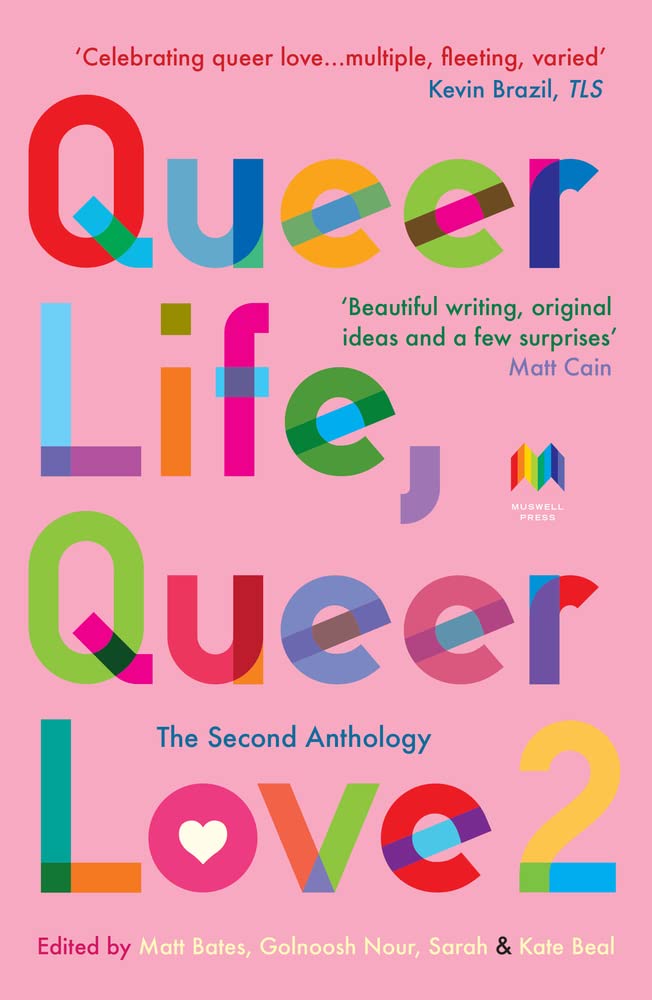
Queer Life, Queer Love 2
edited by Matt Bates, et al.
Following the critically acclaimed Queer Life, Queer Love comes the second anthology, championing new and emerging writers alongside established authors. The anthology features voices across all narrative forms including fiction, poetry, memoir, essay and flash-fiction. The anthology will comprise 30 pieces of writing, the winning entries from an international competition to capture the best of queer writing today.
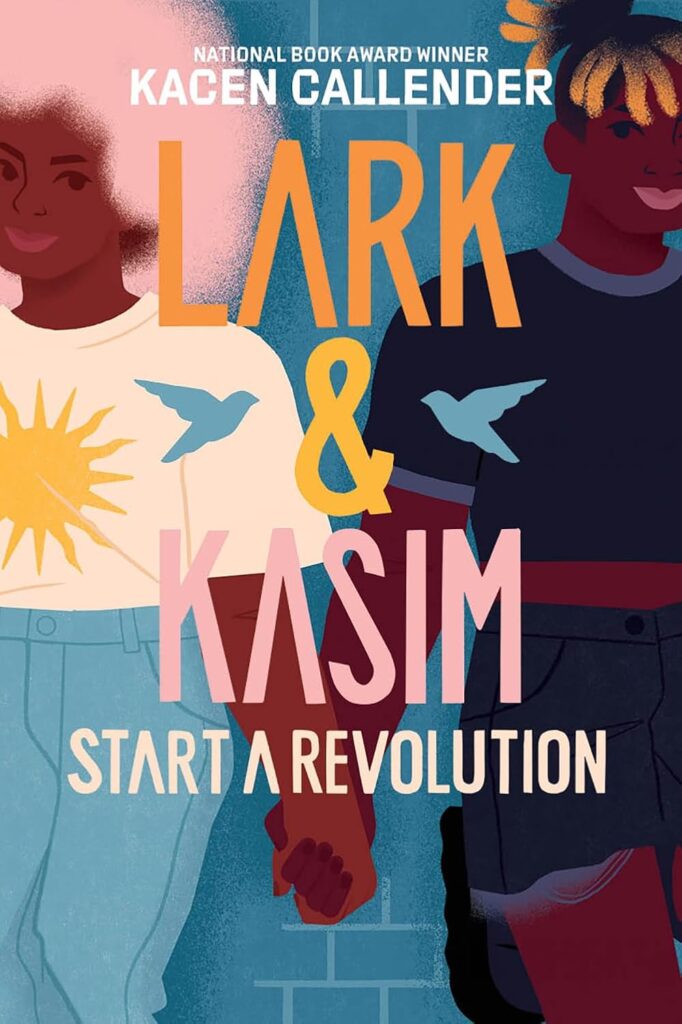
Lark & Kasim Start a Revolution
by Kacen Callender
Lark Winters wants to be a writer, and for now that means posting on their social media accounts–anything to build their platform. When former best friend Kasim accidentally posts a thread on Lark’s Twitter declaring his love for a secret, unrequited crush, Lark’s tweets are suddenly the talk of the school–and beyond. To protect Kasim, Lark decides to take the fall, pretending they accidentally posted the thread in reference to another classmate. It seems like a great idea: Lark gets closer to their crush, Kasim keeps his privacy, and Lark’s social media stats explode. But living a lie takes a toll–as does the judgment of thousands of Internet strangers. Lark tries their best to be perfect at all costs, but nothing seems good enough for the anonymous hordes–or for Kasim, who is growing closer to Lark, just like it used to be between them . . . In the end, Lark must embrace their right to their messy emotions and learn how to be in love.

The World Keeps Ending, and the World Goes on
by Franny Choi
Many have called our time dystopian. But The World Keeps Ending, and the World Goes On reminds us that apocalypse has already come in myriad ways for marginalized peoples. With lyric and tonal dexterity, these poems spin backwards and forwards in time–from Korean comfort women during World War II, to the precipice of climate crisis, to children wandering a museum in the future. They explore narrative distances and queer linearity, investigating on microscopic scales before soaring towards the universal. Wrestling with the griefs and distances of this apocalyptic world, Choi also imagines what togetherness–between Black and Asian and other marginalized communities, between living organisms, between children of calamity and conquest–could look like. Bringing together Choi’s signature speculative imagination with even greater musicality than her previous work, The World Keeps Ending, and the World Goes On ultimately charts new paths toward hope.
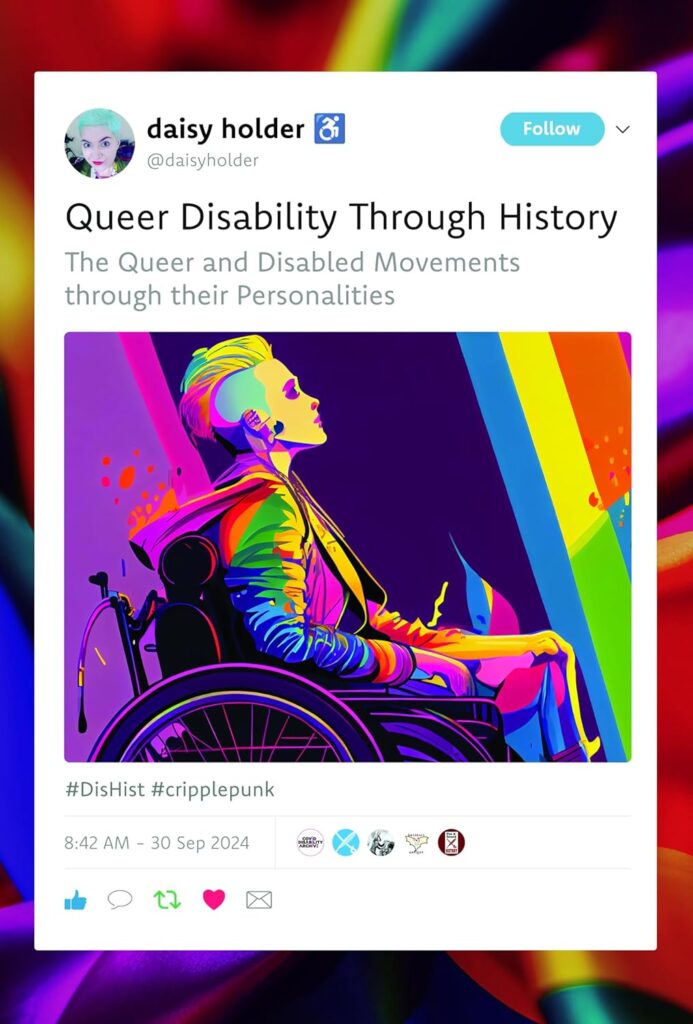
Queer Disability: The Queer and Disabled Movements Through Their Personalities
by Daisy Holder
Persecuted, outlawed, imprisoned, shunned. You might think this refers only to the LGBTQ+ community, but their experience is remarkably closely aligned to the experience of the Disabled community. This book examines the histories of these two movements are they ran alongside each other often intersecting. Both the Disabled and the LGBTQ+ movements have rich and intriguing pasts that date back beyond recorded history. As Holder explores the journey of these movements the journey highlights their shared history through the stories of the people who brought both into modern consciousness. They represent vital landmarks in the little-explored intersections between the two groups’ past and present. Turn-of-the-century Mexican bisexual painter, Frida Kahlo, was Disabled by both polio and injury; Michelangelo turned his artistic talents toward homoerotic poetry to manage his arthritis. The iconic Marsha P Johnson lived with and cared for those with AIDs, and Dr Fryer, the psychiatrist with depression, has been credited with planting the seed that led to the removal of homosexuality from the American diagnostic manual of mental disorders. While many of these events seem small, they shape our Queer and Disability cultures and shared history, to show just how far we’ve come and how far we still have to go.
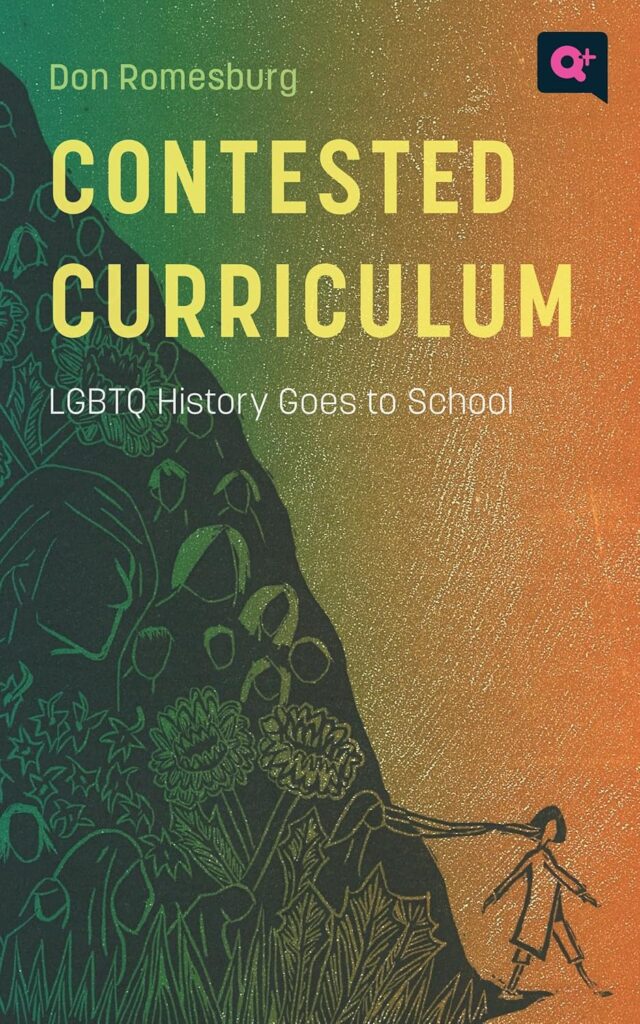
Contested Curriculum: LGBTQ History Goes to School
by Don Romesburg
Today, many states have proposed so-called “Don’t Say Gay” bills that prohibit public school teachers from mentioning LGBTQ topics in the classroom. But a few states, like California, have taken decisive steps in the other direction. They mandate inclusive education that treats LGBTQ history as essential to the curriculum. At once a history of an evolving movement and an activist handbook, Contested Curriculum navigates the rocky path to LGBTQ-inclusive K-12 history education in the United States and recounts the fight for a curriculum that recognizes the value of queer and trans lives. What began in fits and starts in activism and educational materials across the late twentieth century led to the passage of California’s landmark FAIR Education Act in 2011, ensuring that LGBTQ history has a place in the K-12 classroom. Historian Don Romesburg, the lead scholar who worked with advocacy organizations to pass the act, recounts the decades-long struggle to integrate LGBTQ content into history education policy, textbooks, and classrooms. Looking at California and states that followed its lead, he assesses the challenges and opportunities presented by this new way of teaching history. Romesburg’s powerful case for LGBTQ-inclusive education is all the more urgent in this era of anti-gay book bans, regressive legislation, and attempts to diminish the vital role that inclusive and honest history education should play in a democratic nation.
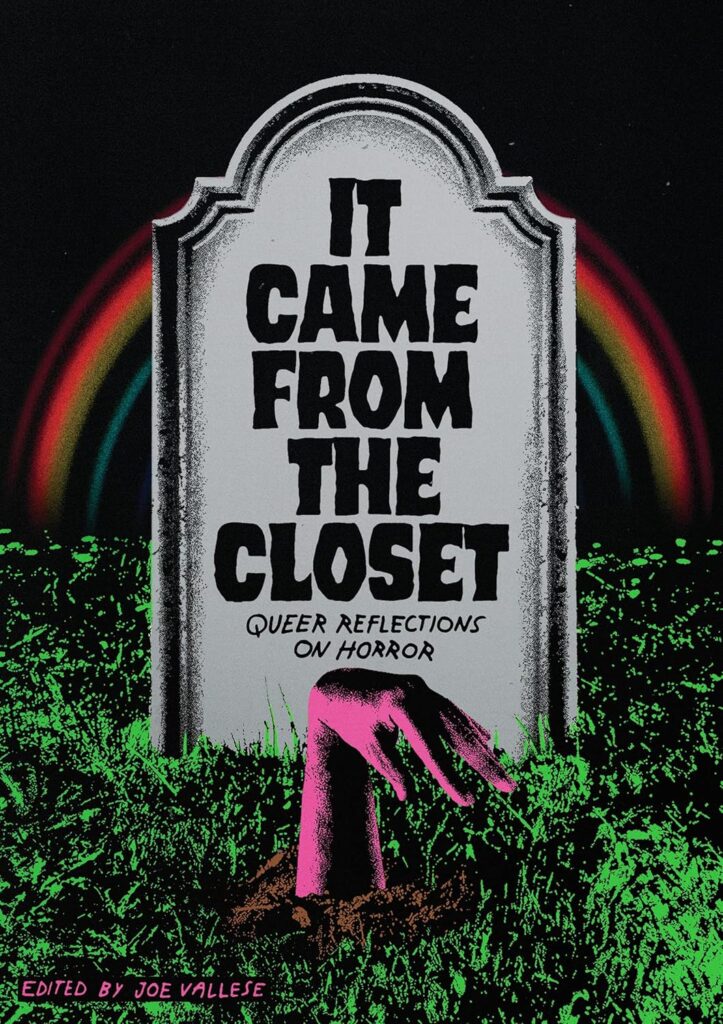
It Came from the Closet: Queer Reflections on Horror
edited by Joe Vallese
Through the lens of horror—from Halloween to Hereditary—queer and trans writers consider the films that deepened, amplified, and illuminated their own experiences. Horror movies hold a complicated space in the hearts of the queer community: historically misogynist, and often homo- and transphobic, the genre has also been inadvertently feminist and open to subversive readings. Common tropes—such as the circumspect and resilient “final girl,” body possession, costumed villains, secret identities, and things that lurk in the closet—spark moments of eerie familiarity and affective connection. Still, viewers often remain tasked with reading themselves into beloved films, seeking out characters and set pieces that speak to, mirror, and parallel the unique ways queerness encounters the world. It Came from the Closet features twenty-five essays by writers speaking to this relationship, through connections both empowering and oppressive. From Carmen Maria Machado on Jennifer’s Body, Jude Ellison S. Doyle on In My Skin, Addie Tsai on Dead Ringers, and many more, these conversations convey the rich reciprocity between queerness and horror.
Book descriptions based on publisher information
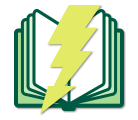

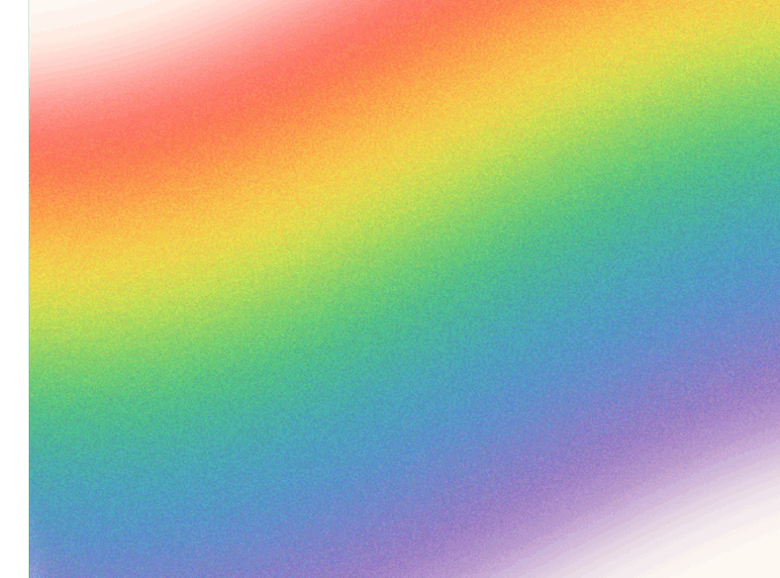
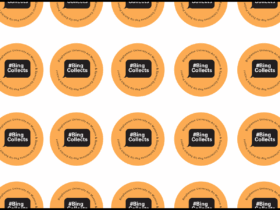
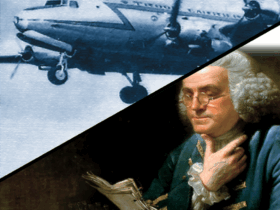


Leave a Reply
View Comments